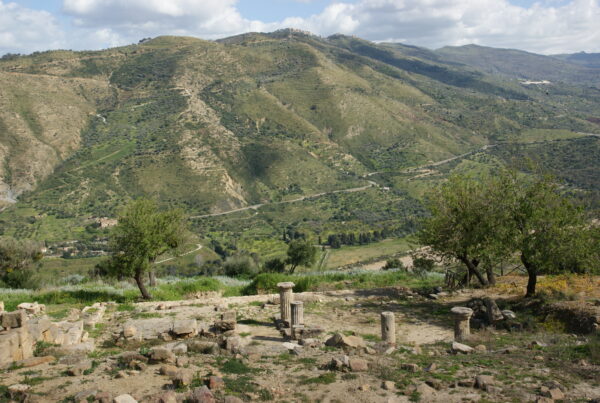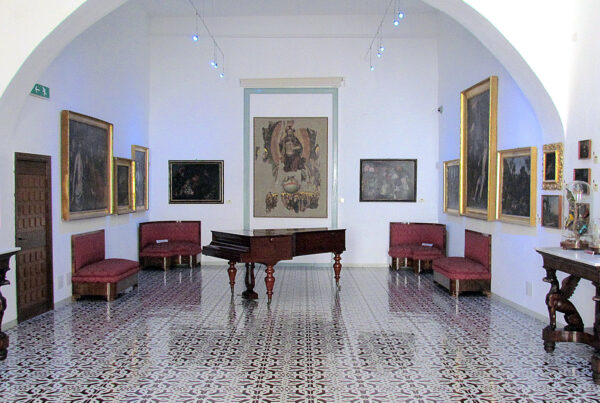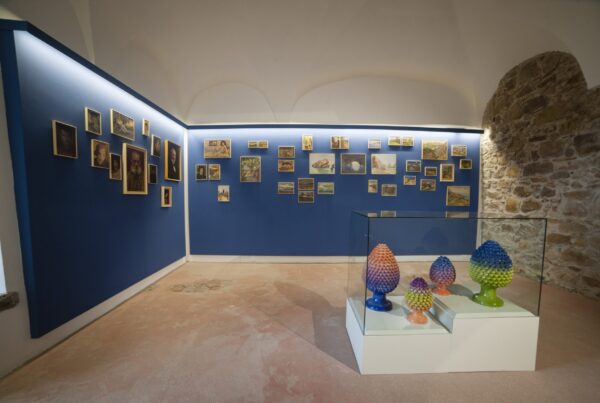On a hill not far from the sea, about 3 km from Castel di Tusa (ME), there are the ruins of Alesa, a Sicilian city founded in 403 BC. which knew its splendor in Roman and Christian times but was subsequently destroyed by the Arabs.
The excavations are accessible by a small road that branches off from the provincial road to Tusa and leads to the former Benedictine Monastery of S. Maria delle Palate, where the entrance is located.
The excavations, carried out since the 1950s, have brought to light part of the walls, the area occupied by the agora, a section of the main street and various fragments of the urban fabric, with the typical Hellenistic city shape made by a regular mesh system dating back to the 4th century. B.C. The main street consisted of a straight road, about six meters wide, paved with square stones arranged in a checkerboard pattern, which crossed the city, this axis was cut perpendicularly by numerous smaller streets which at the steepest points turned into steps.








